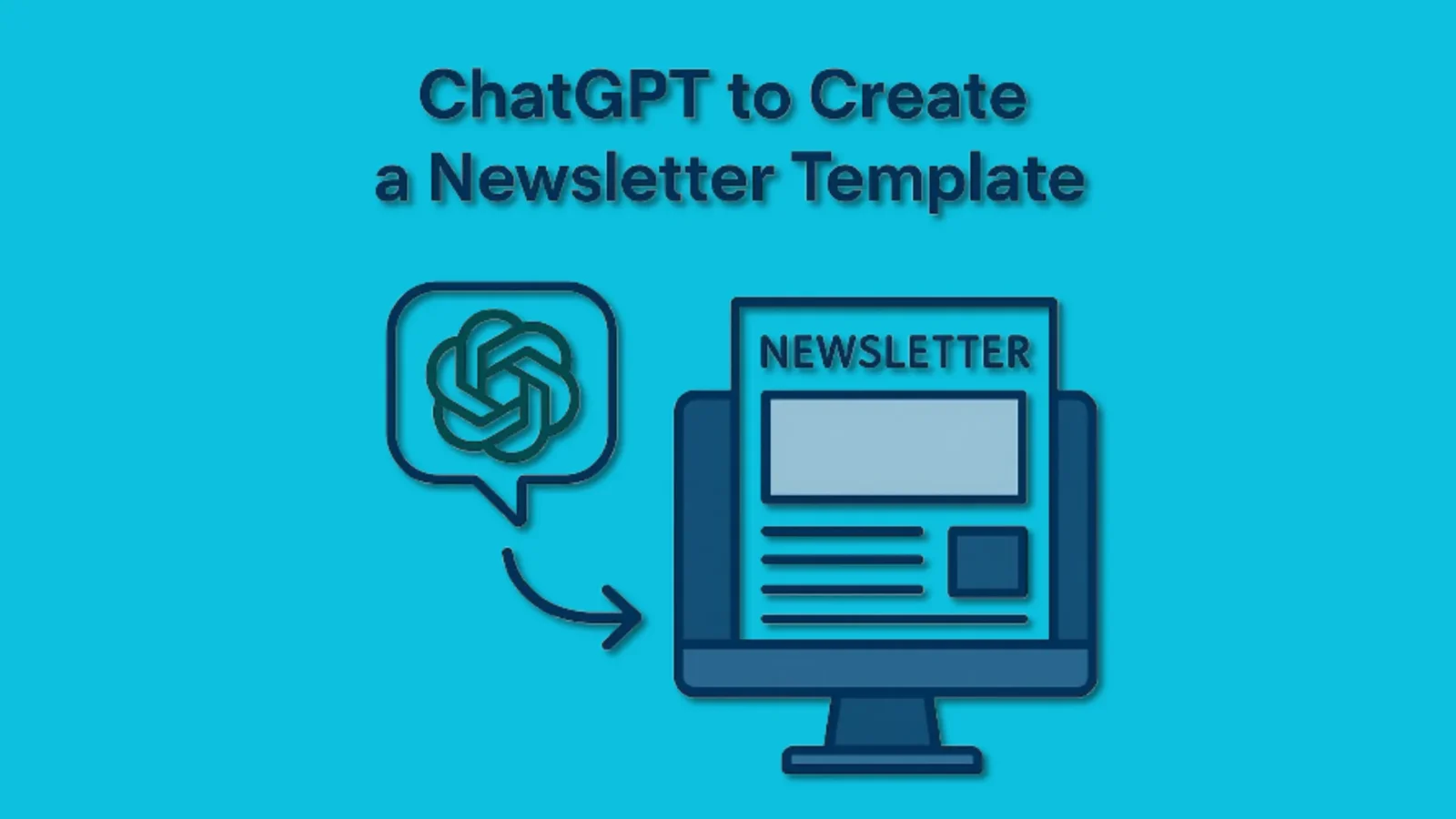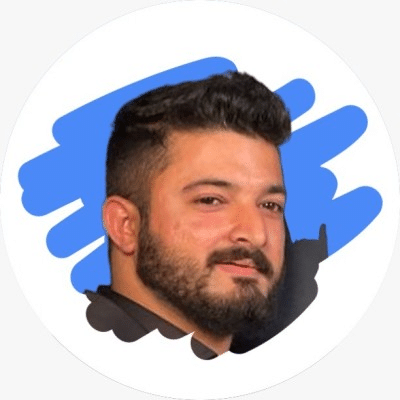Starting a newsletter from scratch is a laborious and time-consuming process. You have to develop structure, tone, copy, layouts, visuals, and so many other things before you can send out your newsletter. But what if you could use AI to automate this whole process? Well, ChatGPT can empower you to create newsletter templates that are reusable, customizable, and effective, in a matter of minutes!
If you’re a marketer, business person, content creator or happens to just be running a community or project, this guide is going to walk you through the process of using ChatGPT to create a newsletter template that will work for you.
Learn how GPT-0.3 Mini is transforming the tech landscape in Keploy’s detailed analysis of its impact.
Why Use ChatGPT for Newsletter Creation?
ChatGPT’s strength lies in enabling speed and efficiency when it comes to generating content ideas, writing copy, and considering how it’s structured. When it comes to newsletters, the following is what ChatGPT can assist you with:
-
Drafting compelling introductions
-
Generating subject lines and preview text
-
Structuring the entire newsletter layout
-
Writing engaging content pieces
-
Suggesting relevant calls-to-action (CTAs)
-
Formatting emails in plain text or HTML
-
Adapting tone for different audiences (casual, professional, etc.)
The advantages of ChatGPT are endless; instead of staring at a blank page you have a strong start to build off of and can easily modify what you want to.
A Complete Guide to Make a Newsletter Template with ChatGPT
Step 1: Determine the Purpose of the Newsletter
Before you start writing, you’ll want to consider the purpose of sending a newsletter. Are you sending product updates, educating users, promoting content, or announcing events?
Once you have a direction, you can tell ChatGPT something like:
“Design a newsletter structure for a tech company’s bi-weekly product update with a professional and friendly tone.”
The reply from ChatGPT will very likely have a logical structure that you can use every time.
Step 2: Create a Template Layout
You can request ChatGPT to produce either a basic text layout or an html layout, whichever you need. For example,
“Design a text newsletter template with a greeting, featured area, 3 content blocks or sections, and a call-to-action at the end”.
Or, "Create an HTML layout with a header, 2 column layout, and footer".
Here is an example of what you might receive for text:
pgsql
Greetings [First Name],
We're here with the update for this week from [your company name].
FEATURED THIS WEEK
[One short summary about your best article or product news.]
📌 IN THIS ISSUE
- [Short update 1]
- [Short update 2]
- [Short update 3]
TIP OF THE WEEK
[One short actionable tip for your reader.]
WHAT TO DO NEXT
[CTA asking your reader to try, read or join.]
Thank you for being with us,
— The [your company] TeamThis is clean, easy to read, and can be updated with fresh content every week or month.
Step 3: Create Content for Each Section
Once you have the framework, you can use ChatGPT to write content for each section of the template.
For example:
Intro/Greeting:
"Please write a brief friendly greeting for a newsletter introducing a new feature for a note-taking app."
-
Main Article Summary: "Please summarize a blog post about productivity hacks in 3 sentences for a newsletter."
-
Product Updates: "Please write 3 bullet points announcing small enhancements to a mobile app."
-
CTA (Call to Action): "Please write a persuasive CTA to encourage users to explore the new AI-powered search tool."
-
ChatGPT will not only save you time, writing each individual piece, but it will ensure a consistent tone throughout your newsletter.
Step 4: Customize for Audience and Tone
You can customize the tone for your audience by including it in your prompt. For instance:
“Write a casual, fun newsletter introduction for a Gen Z audience about our latest fitness challenge.”
Or:
“Create a formal and concise newsletter for investors updating them on company milestones.”
ChatGPT has an understanding of varying tones and can adapt wording accordingly. This can help you effortlessly send different versions of your newsletter to different categories of the audience, without needing to rewrite everything by hand.
Step 5: Add Finishing Touches
Once everything is in place, you can always ask ChatGPT for suggestions to enhance your newsletter’s appeal:
-
Quotes
-
Poll questions
-
Fun facts
-
Teasers for upcoming events
You can also manually insert your logo, brand colors and subscribe links if you’ve pasted the final result into an email service provider such as Mailchimp, ConvertKit or Substack.
Example HTML Template from ChatGPT
If you’re using HTML emails, here’s an example template ChatGPT might generate:
xml
<!DOCTYPE html>
<html>
<head>
<meta charset="UTF-8">
<title>Your Newsletter</title>
</head>
<body style="font-family: sans-serif; line-height: 1.6; max-width: 600px; margin: auto;">
<h1>Welcome to [Your Company] Weekly Update</h1>
<p>Hi [First Name],</p>
<p>Here's what's new this week:</p>
<h2>Featured Update</h2>
<p>[Description of featured update with link]</p>
<h2>Other Highlights</h2>
<ul>
<li>[Update 1]</li>
<li>[Update 2]</li>
<li>[Update 3]</li>
</ul>
<h2>Try This</h2>
<p>[Tip or feature demo CTA]</p>
<a href="[Link]" style="padding: 10px 20px; background-color: #007bff; color: white; text-decoration: none; border-radius: 4px;">Check it Out</a>
<hr>
<p>Follow us on <a href="#">Twitter</a> | <a href="#">Instagram</a></p>
<p><a href="#">Unsubscribe</a></p>
</body>
</html>You can tweak it, style it, or paste it directly into your email service.
Conclusion
Creating newsletters doesn’t need to be a creative strain every week. ChatGPT can assist you in constructing a solid, reusable template, and you can generate content quickly. You can have a draft ready in a matter of minutes, whether you want it formal or fun, simple or structured, text-based or HTML. The idea is to spend time refining it rather than starting from scratch.
Once you create your first template, it’s all over for you and you’ll never go back to doing it the hard way.
FAQs
Can ChatGPT generate different versions of a newsletter?
Yes. You can use prompts to create different versions for customers, subscribers, investors or internal teams, simply edit your request depending on audience and tone.
Can it integrate with tools like Mailchimp or Substack?
Yes. ChatGPT is not going to directly send the email but the templates it creates (HTML or plain text) are able to be copied and pasted into your email marketing automation tool.
Can ChatGPT help me create subject lines?
Definitely. You might try this:
"Write 5 enticing subject lines for a newsletter about a product launch."
You will receive different options you can A/B test or run with as they are.
What if I want to automate this?
If you’re a technical person, or working with a developer, you can use ChatGPT’s API (in conjunction with automation tools like Zapier) to create a workflow to auto-generate a newsletter based on content feeds or content changes.


Leave a Reply